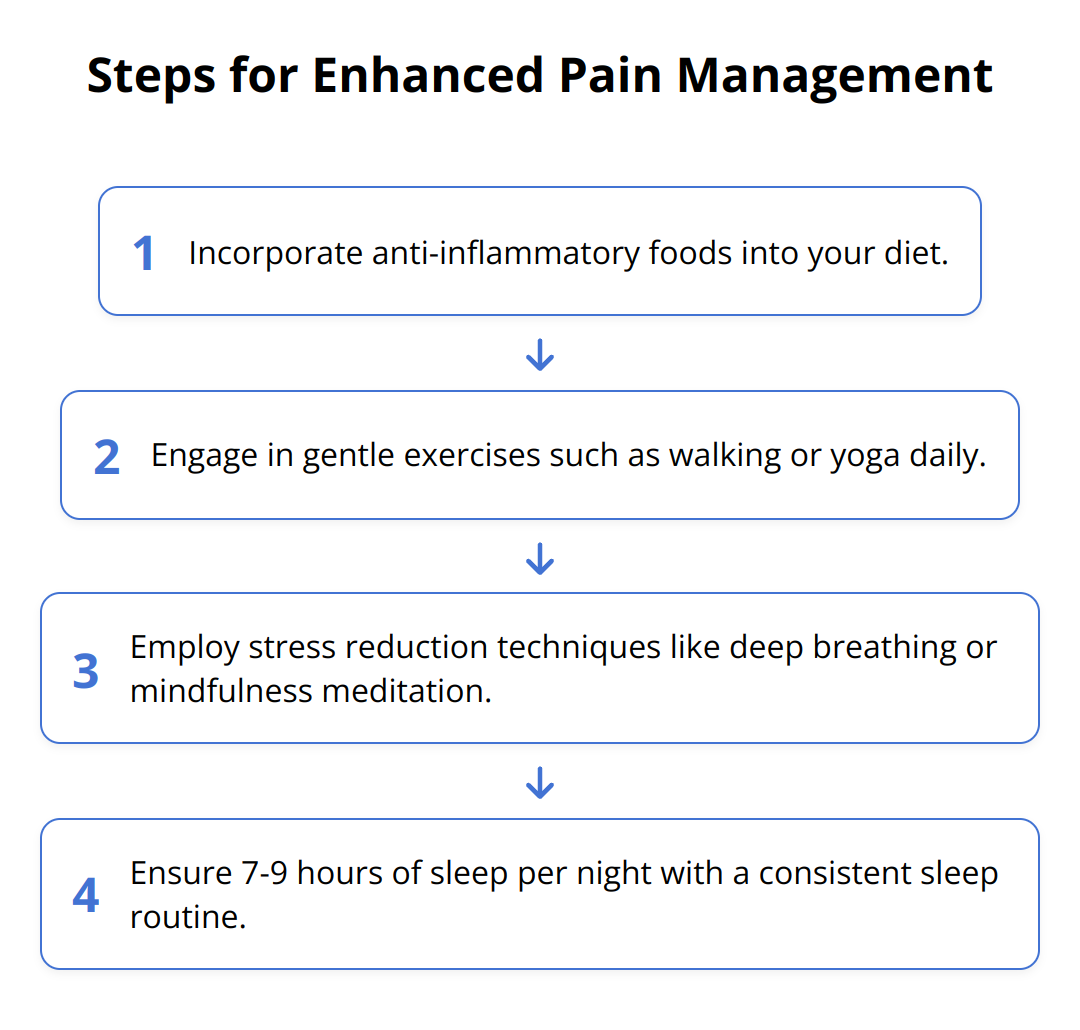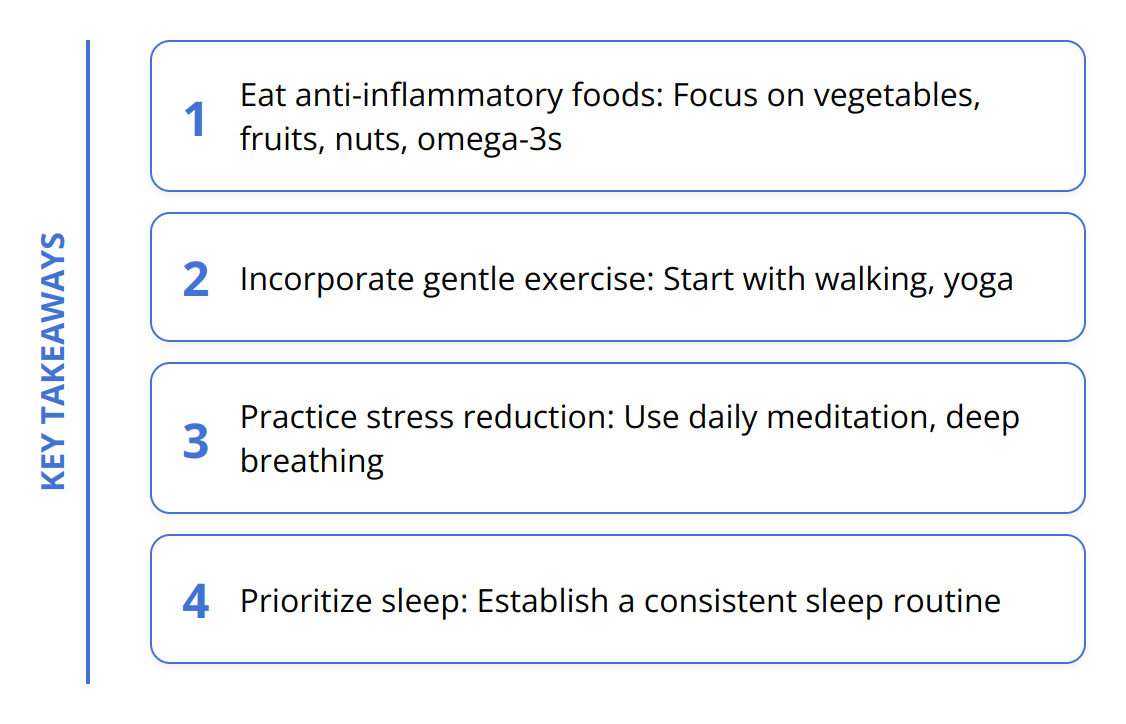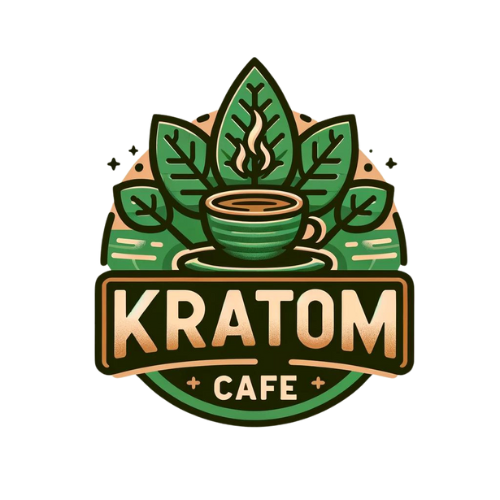At Kratom Cafe, we understand the growing interest in herbal solutions for managing pain. As people seek alternatives to traditional pharmaceuticals, it’s vital to explore the effectiveness and safety of herbal remedies. This blog post aims to offer a comprehensive guide on best practices for using herbal pain management techniques. From selecting high-quality herbs to combining these remedies with lifestyle changes, we will cover essential strategies for achieving holistic well-being.
Exploring Herbal Pain Management
In the shift toward natural health solutions, herbal pain management stands out as a promising avenue. Unlike traditional pharmaceuticals, herbal remedies offer a gentler approach to managing pain, often with fewer side effects. However, it’s essential to approach herbal pain management with an informed perspective, recognizing both its potential and its limitations.
The Landscape of Herbal Remedies
Herbal medicine has a long history of use in cultures around the world, leveraging plants and natural substances to treat various ailments. When it comes to pain management, several herbs have gained popularity for their analgesic (pain-relieving) properties. For instance, turmeric, known for its curcumin content, has been studied for its anti-inflammatory and pain relief benefits. Likewise, ginger and capsaicin (found in chili peppers) offer distinct pain-relieving effects by reducing inflammation and altering pain perception pathways.
Herbal vs. Pharmaceutical Pain Relievers
One of the most significant differences between herbal and pharmaceutical pain relievers is how they are perceived and regulated. Pharmaceuticals are subject to rigorous testing and approval processes, ensuring a specific standard of safety and efficacy. On the other hand, herbal remedies, while they can be potent, are not always backed by the same level of scientific evidence or regulatory oversight. This doesn’t mean they’re not effective, but consumers need to exercise due diligence in selecting reputable sources and products.
Safety and Efficacy: Navigating Herbal Solutions
Safety and efficacy are paramount when exploring herbal pain management. Here are practical tips to guide you:
-
Research thoroughly: Look for clinical studies or reliable sources that support the use of a particular herb for pain relief. Our guide on how to use kratom for wellness dives into the importance of informed usage.
-
Quality matters: Only purchase herbs and supplements from reputable sellers that provide transparent information about sourcing and ingredients.
-
Consult with professionals: Speak with a healthcare provider well-versed in both traditional and herbal medicine. They can offer tailored advice based on your health history and needs.
-
Start low and go slow: Begin with the lowest possible dose to see how your body responds before gradually increasing as needed.
Here are additional considerations and actionables:
-
Understand that interactions can occur between herbal and pharmaceutical pain relievers. Always inform your healthcare provider about any herbal remedies you’re considering.
-
Monitor your response to the herbal remedy, noting any side effects or changes in your pain levels.
-
Consider integrating lifestyle changes like stress reduction techniques, exercise, and a balanced diet to complement herbal pain management effectively.

Herbal remedies provide an exciting alternative to conventional pain management strategies. With an informed, cautious approach, they can be a valuable addition to your wellness toolkit. By respecting the differences between herbal and pharmaceutical options and prioritizing safety and efficacy, you can navigate the world of herbal pain management successfully.
Maximizing Herbal Pain Relief
As you explore the path of herbal pain management, understanding how to maximize the effectiveness of these natural remedies is key. It’s not just about choosing any herb and hoping for the best. Selecting high-quality herbs, determining the correct dosages, and consulting healthcare providers are fundamental steps that can significantly enhance the benefits you receive from herbal remedies. Let’s break down these components to ensure you’re equipped with the knowledge to make informed decisions.
Selection of High-Quality Herbs
The foundation of effective herbal pain management begins with the quality of the herbs you choose. Not all herbs are created equal; the potency, purity, and safety of the herbs can vary widely depending on where and how they are sourced and processed.
-
Opt for organic herbs when possible to minimize exposure to pesticides and other contaminants.
-
Purchase from reputable suppliers who can provide detailed information about the sourcing and production process.
-
Look for certification seals from recognized organizations that verify the quality and purity of herbal products.

Correct Dosages for Maximum Effectiveness
Finding the right dosage is crucial for achieving the desired pain relief without causing unwanted side effects. Unlike pharmaceuticals, the dosage for herbal remedies can be more variable.
-
Start with the lowest recommended dose to see how your body reacts.
-
Increase gradually until you find the most effective dose that works for you.
-
Be patient, as some herbs may take time to show their full effects.
Understanding the correct dosage can be complex, especially when combining herbs or using them alongside other treatments. For insights on combining herbal remedies safely, refer to full spectrum kratom best practices.
Importance of Consulting Healthcare Providers
Although herbal remedies can be powerful allies in managing pain, they are not without risks. Consulting with healthcare providers, particularly those knowledgeable about both traditional and herbal medicine, is invaluable.
-
A healthcare provider can offer personalized advice based on your medical history and current medications, helping to avoid harmful interactions.
-
They can also help monitor your progress and adjust treatments as necessary to ensure you are receiving the optimal benefit.
-
Sometimes, health conditions can mimic one another. What you believe to be a simple muscle pain might be something more serious that requires professional medical intervention.

Essentially, integrating herbal remedies into your pain management strategy should be done thoughtfully and with a focus on safety, quality, and effectiveness. By selecting high-quality herbs, understanding correct dosages, and engaging with healthcare providers, you can maximize the benefits of herbal pain management, ensuring it contributes positively to your overall well-being.
Lifestyle Enhancements for Pain Relief
When managing pain, combining herbal remedies with positive lifestyle changes significantly boosts overall well-being. In addition to herbal treatments, addressing diet, exercise, stress, and sleep plays a pivotal role in effective pain management.
Diet and Exercise for Pain Management
A balanced diet rich in anti-inflammatory foods such as leafy greens, berries, nuts, and fatty fish can support herbal pain management efforts by reducing inflammation in the body. Conversely, processed foods, sugars, and trans fats can exacerbate inflammation and pain. Incorporating foods high in omega-3 fatty acids, like salmon or flaxseeds, can be particularly beneficial.
Exercise, while daunting when in pain, should not be overlooked. Activities like walking, swimming, and yoga not only increase strength and flexibility but also trigger endorphin release, which naturally reduces pain perception. Start slowly and focus on low-impact activities to avoid exacerbating your condition. Consistency is key; even 15 minutes of exercise daily can lead to noticeable improvements over time.
Stress Reduction Techniques
Stress can amplify pain. Techniques such as deep breathing exercises, mindfulness meditation, and yoga, provide dual benefits for stress and pain management. Practicing mindfulness can lead to a significant reduction in pain intensity and an improved ability to manage chronic pain conditions. Resources like kratom for stress offer insights into supplementary herbal solutions that can aid in stress relief.
The Critical Role of Sleep
Adequate sleep is fundamental for pain recovery. Lack of sleep can increase pain sensitivity, prolong recovery time, and decrease the effectiveness of pain management strategies. Aim for 7-9 hours of sleep per night and maintain a consistent sleep schedule. If pain makes sleeping difficult, consider adapting your environment to be more conducive to sleep by using supportive pillows, practicing relaxation techniques before bed, and keeping electronic devices out of the bedroom.

In conclusion, enhancing your lifestyle by optimizing diet and exercise routines, adopting effective stress reduction techniques, and ensuring quality sleep, works synergistically with herbal remedies to create a comprehensive approach to pain management. Prioritizing these aspects can lead to significant improvements in pain levels and overall quality of life.
-
Eat anti-inflammatory foods: Focus on a diet rich in vegetables, fruits, nuts, and omega-3 fatty acids
-
Incorporate gentle exercise: Begin with activities like walking or yoga and gradually increase intensity
-
Practice stress reduction: Daily meditation or deep breathing exercises can significantly lower stress levels
-
Prioritize sleep: Establish a regular sleep routine and create a restful environment
By following these practical steps, you equip yourself with a strong foundation for managing pain more effectively and enhancing your body’s natural healing processes.
Wrapping Up
Exploring herbal pain management offers a gentle, effective approach that stands in sharp contrast to pharmaceutical remedies. This post examined the best practices, from selecting high-quality herbs to understanding their correct dosages, and the indispensable role of consulting with healthcare providers. We delved into how lifestyle changes can dramatically enhance the effectiveness of herbal remedies in managing pain.

Holistic approaches to pain relief are not only about addressing the physical aspect of pain but also about fostering overall well-being. By integrating herbal techniques with positive lifestyle adjustments such as a balanced diet, regular exercise, effective stress management, and prioritizing sleep, individuals can craft a comprehensive strategy for managing pain.
The journey of managing pain with herbal remedies is deeply personal and varies from one individual to another. Personal research and professional guidance stand out as critical steps in navigating this path. Ensuring that you are well-informed and consulting healthcare professionals can significantly contribute to the success of herbal pain management strategies.
At Kratom Cafe, we are committed to providing our readers with accurate, comprehensive, and up-to-date information on Kratom and its potential benefits in pain management. We encourage everyone to explore our resources and learn more about how Kratom may complement their herbal pain relief efforts.
In conclusion, embracing a holistic approach to pain management that includes herbal remedies, lifestyle changes, and professional advice can lead to significant improvements in pain levels and overall quality of life. This guide aimed to equip you with the knowledge and tools necessary to navigate the world of herbal pain management effectively. With careful consideration and informed choices, herbal remedies can be a valuable part of your wellness toolkit.

